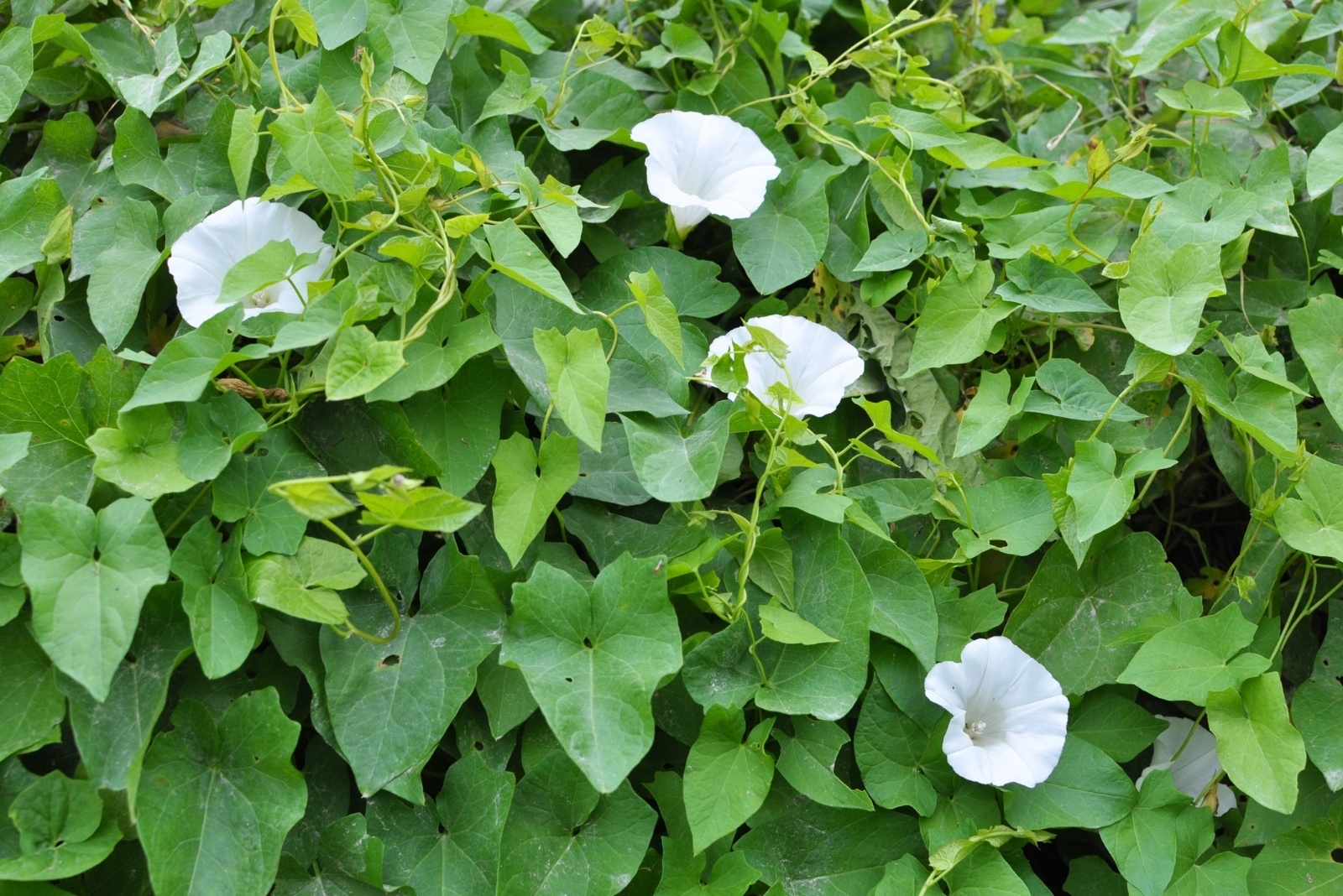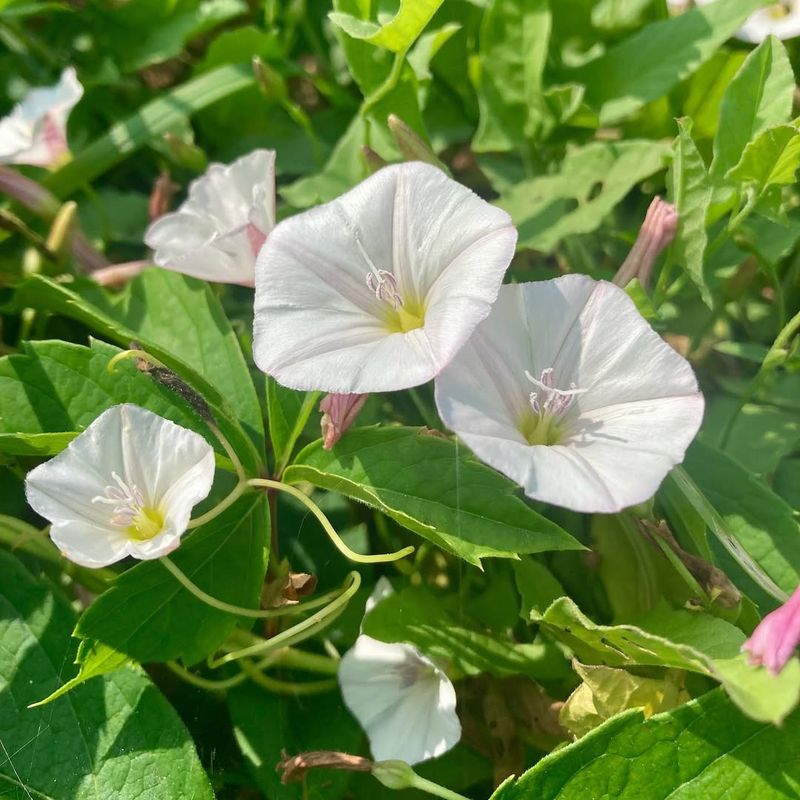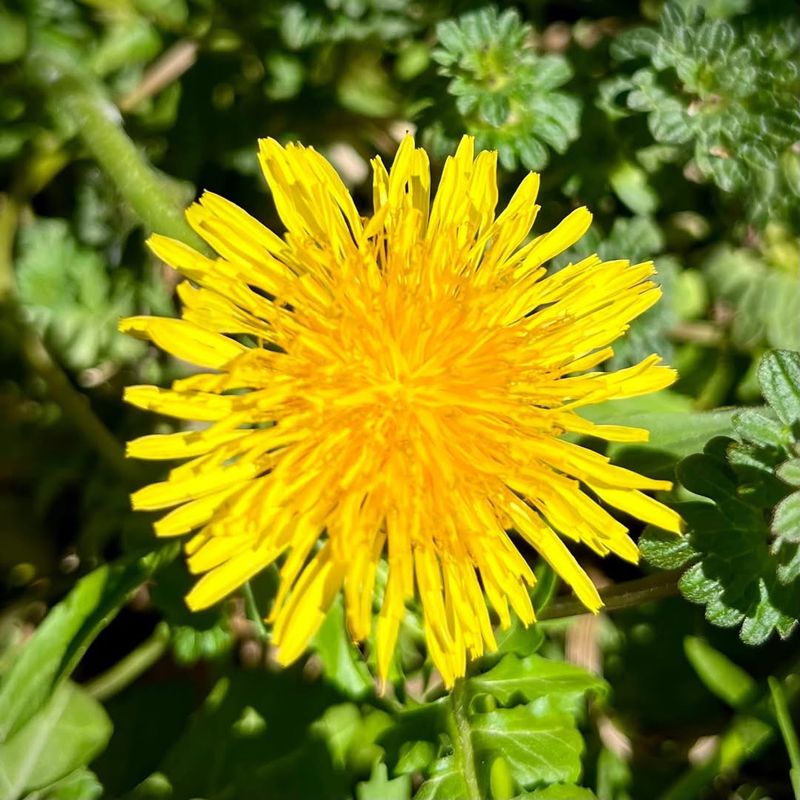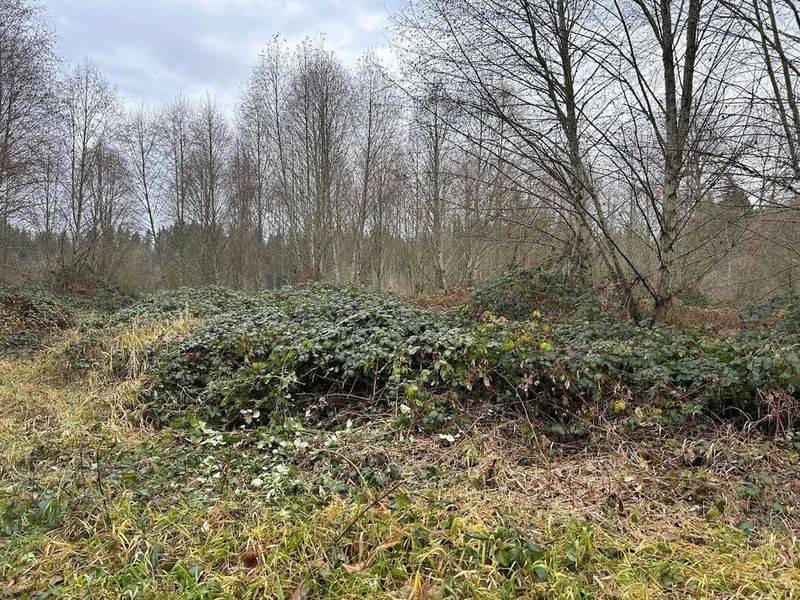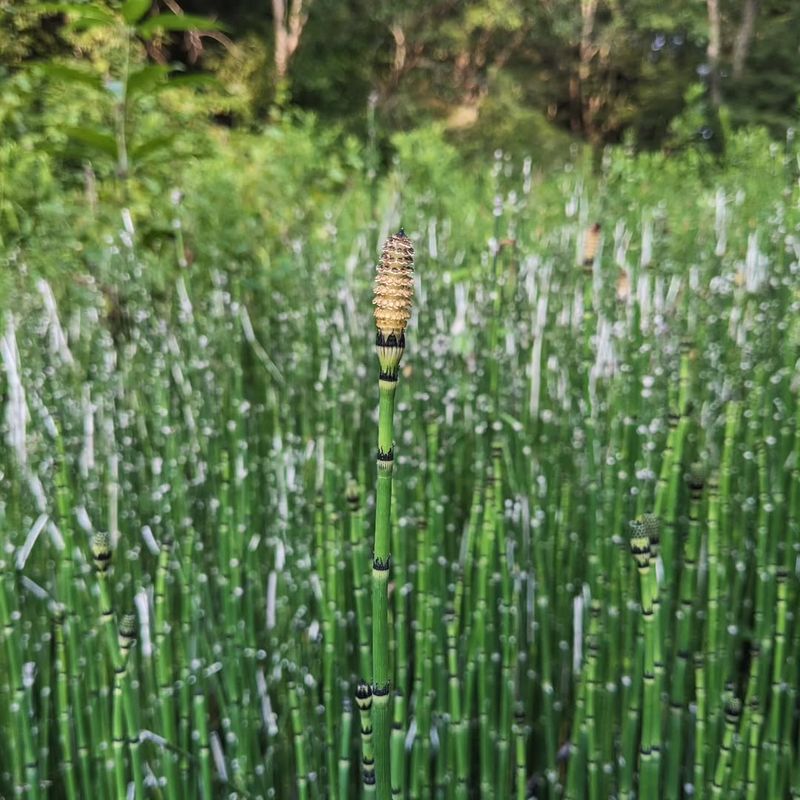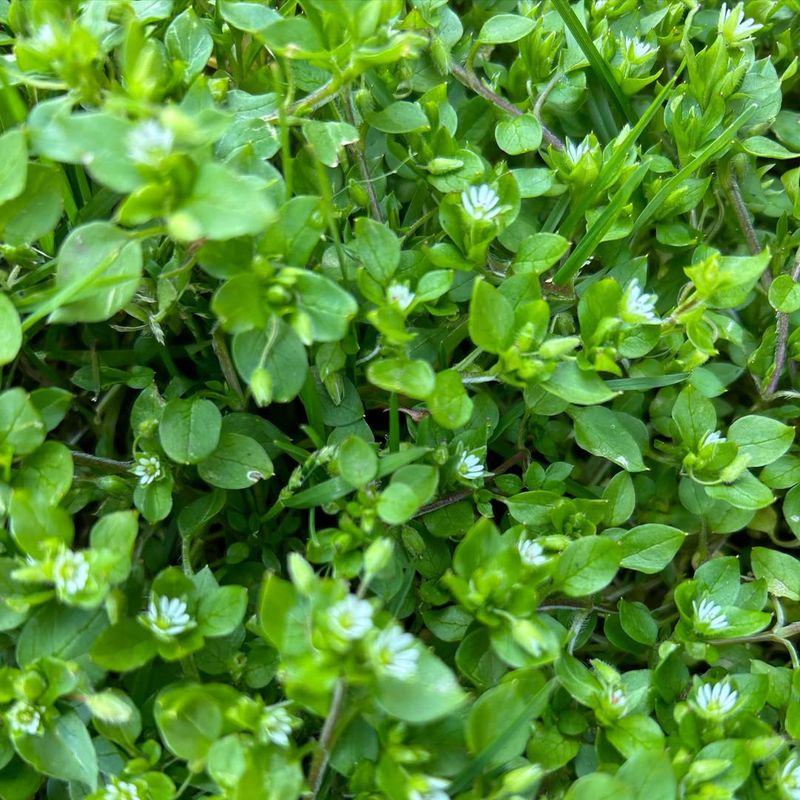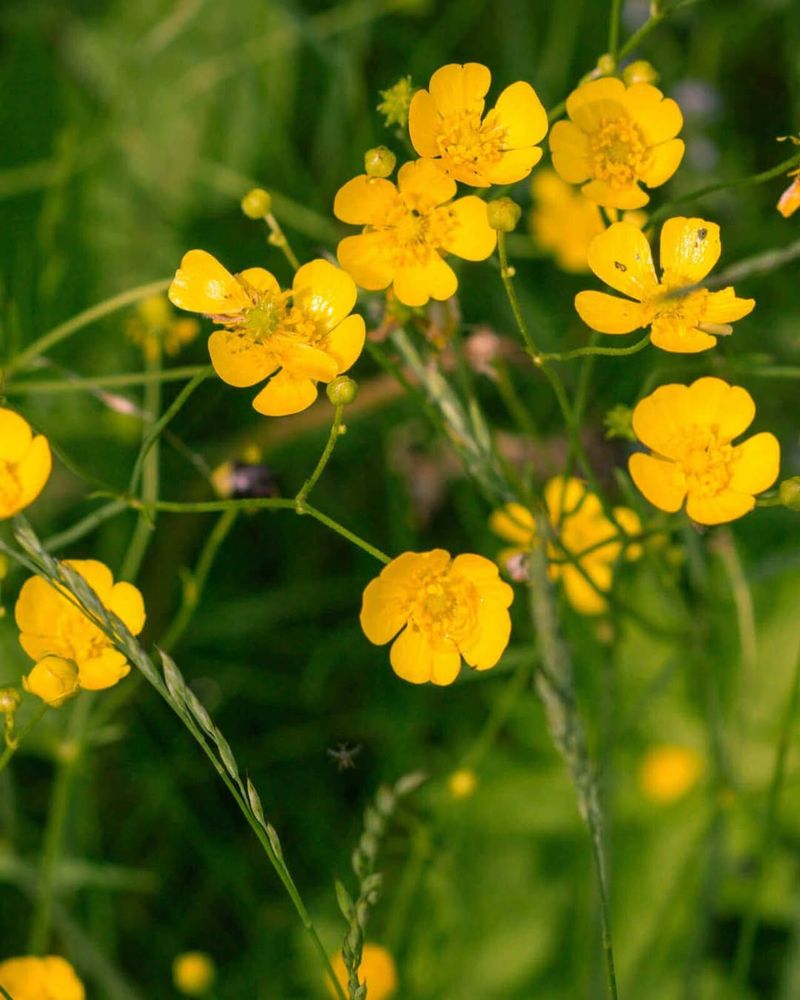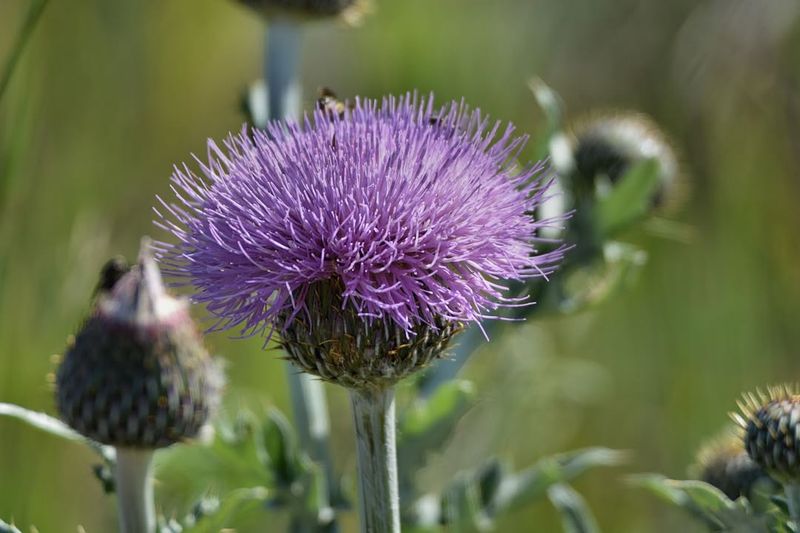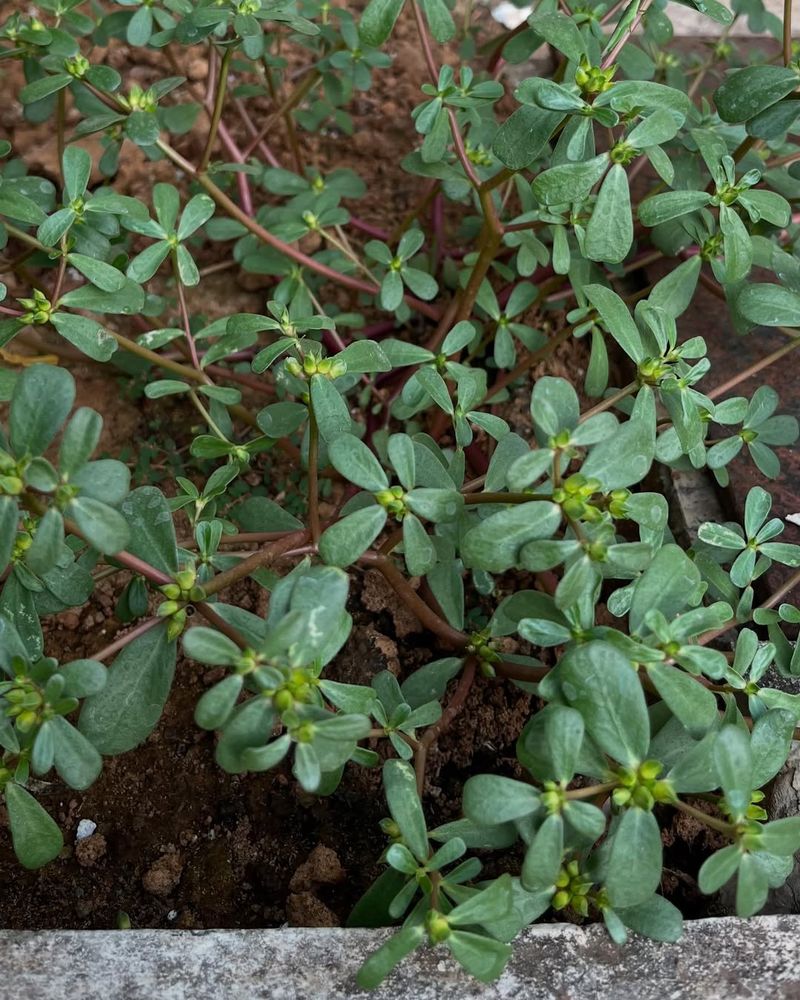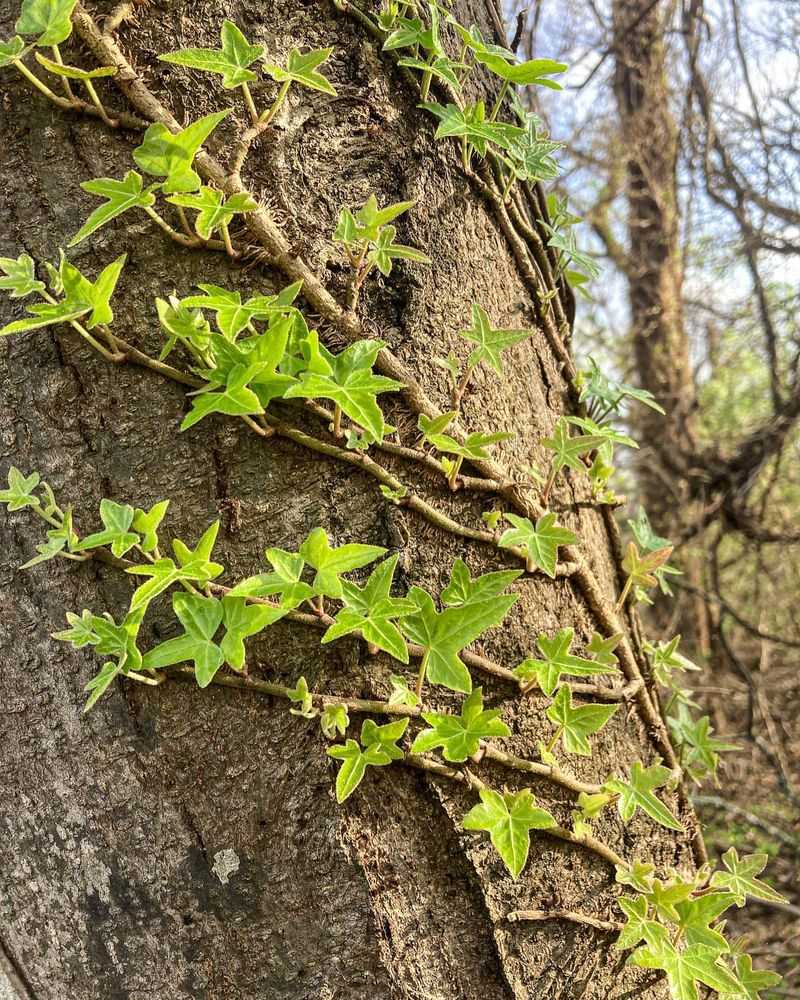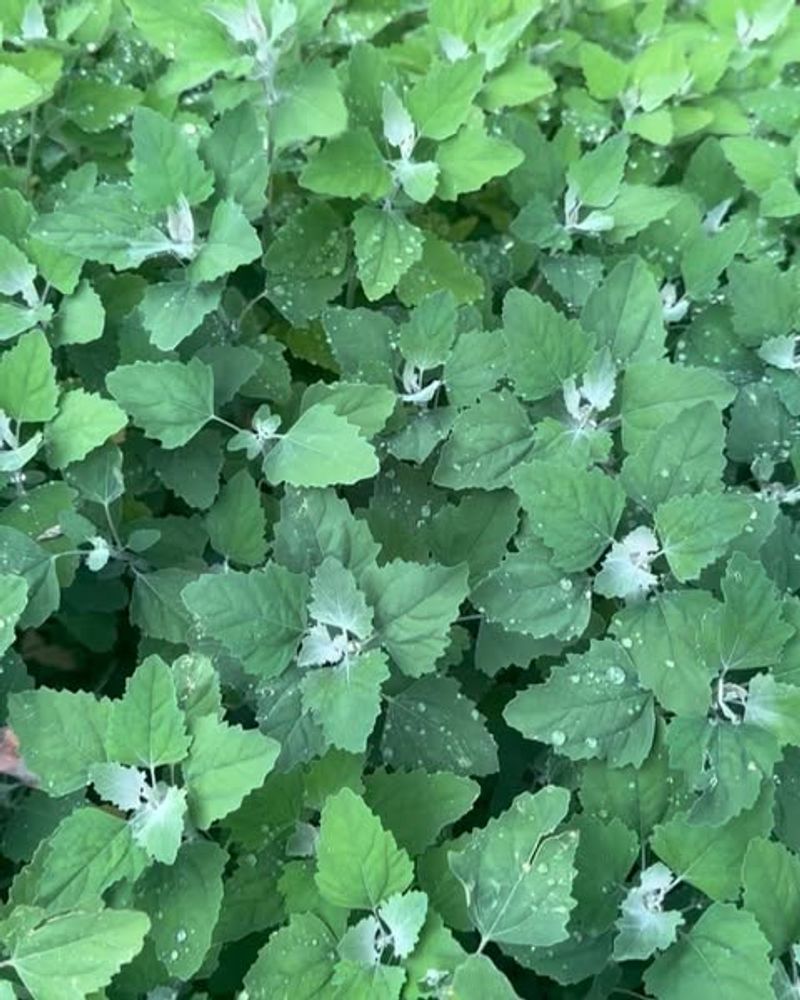Oregon gardeners know weeds are more than just a nuisance—they can take over in no time. Some are sneakier than others, making them hard to spot until they’ve spread.
Knowing the culprits makes tackling them much easier. Let’s explore 10 weeds that are giving Oregon gardens trouble this season.
1. Bindweed
Morning glory’s evil twin has been choking gardens all across Oregon this year. The deep roots can extend 20 feet underground, making complete removal nearly impossible.
Many gardeners find themselves locked in an ongoing war with this persistent climber. Regular pulling before it flowers helps manage this notorious weed without resorting to harsh chemicals.
2. Dandelion
Those cheerful yellow flowers quickly transform into fluffy seed heads ready to spread throughout Oregon yards. The taproot can grow up to 10 inches long and will regenerate if even a small piece remains.
While young leaves are actually edible in salads, most gardeners prefer to remove them. Digging tools specifically designed for dandelion removal help extract the entire root system.
3. Himalayan Blackberry
Not to be confused with its cultivated cousin, this aggressive invader has taken over many Oregon landscapes. The thorny canes create impenetrable thickets that can grow 20 feet in a single season.
Birds spread seeds after eating the berries, creating new problem areas. Cutting canes to ground level and digging out root crowns helps control this thorny menace before it establishes dominance.
4. Horsetail
Ancient doesn’t always mean wise—this prehistoric plant survived the dinosaurs and now terrorizes Oregon gardens. Its extensive underground rhizome system can spread 300 feet horizontally, making eradication extremely difficult.
Frequent cutting weakens horsetail by depleting energy stored in rhizomes. Many Oregon gardeners find success improving drainage, as this weed thrives in wet, acidic soil conditions.
5. Chickweed
Don’t let the cute name fool you—this low-growing spreader can quickly form dense mats in Oregon garden beds. A single plant produces up to 800 seeds that remain viable in soil for years.
The small white flowers appear almost year-round in our mild Pacific Northwest climate. A thick layer of mulch helps prevent chickweed from establishing, while regular hoeing disrupts young seedlings before they take hold.
6. Creeping Buttercup
Those pretty yellow flowers hide a garden menace that’s spreading through stolons across Oregon landscapes. Each plant sends out multiple runners that root at nodes, creating new plants that quickly colonize moist areas.
Many gardeners across the state have discovered that improving drainage helps control this moisture-loving weed. Digging out the entire root system is essential, as any fragments left behind will regenerate into new plants.
7. Canada Thistle
Despite its name, this prickly invader is actually from Europe and has become a major headache in Oregon gardens. The extensive root system can spread 15 feet horizontally and 6 feet deep in just one season.
Fragments as small as half an inch can regenerate into new plants. Persistent cutting before flowering helps exhaust the root reserves, though many Oregon gardeners find themselves engaged in multi-year eradication campaigns.
8. Purslane
This succulent spreader can take over bare spots in Oregon gardens almost overnight. A single plant produces up to 240,000 seeds that remain viable in soil for decades—talk about planning ahead!
Interestingly, purslane is actually edible and nutritious, rich in omega-3 fatty acids. Many Oregon gardening experts recommend pulling it before it sets seed and using thick mulch to prevent germination in garden beds.
9. English Ivy
This climbing menace has escaped from landscaping to become one of Oregon’s most problematic invasive plants. Vines can grow 90 feet long and completely smother trees, shrubs, and native vegetation.
The waxy leaves resist herbicides, making manual removal necessary. Many Oregon communities organize volunteer “ivy pulls” to combat this aggressive invader that damages structures and harbors pests like rats and slugs.
10. Lamb’s Quarters
Often mistaken for young spinach, this prolific weed can quickly take over Oregon vegetable gardens. The dusty blue-green leaves have a distinctive mealy coating, and each plant produces thousands of tiny black seeds.
Regular hoeing when plants are young disrupts their growth cycle. Many Oregon gardeners have learned to recognize the seedlings early, as prompt removal before flowering prevents this annual weed from establishing its extensive seed bank.

